In the meantime, the rumors about the upcoming graphics cards from NVIDIA and AMD have also increased. While the launch of the GeForce RTX 3060 on 25.02.202 is visibly close, the launch of the Radeon RX 6700 (XT) is rumored for 18.03.2021. I had already published some of the possible key data of the upcoming Radeon RX 6700 (XT) in November 2020 and then made the whole thing more concrete in January and compared it with the upcoming GeForce RTX 3060, which is also supposed to be equipped with 12 GB GDDR6.
The Radeon RX 6700 XT is supposed to come in 2 chip variants with two TDP classes (ASIC A and B) – just as I had already suspected in November based on the two BIOS files we read. Some media assign the smaller chip to the not yet confirmed Radeon RX 6700, which is said to have 32 compute units and thus 2048 ALUs, others see the RX 6700 XT in two variants with the standard and OC models at the start. If that were really the case, AMD would copy NVIDIA’s implementation of the first RTX cards with A and non-A chips, which turned out to be a rather unwise decision because the buyers didn’t want it and punished it in the end.
| Radeon RX 6900XT | Radeon RX 6800XT | Radeon RX 6800 | Radeon RX 6700XT | Radeon RX 6700 | |
|---|---|---|---|---|---|
| GPU | Navi 21 XTX | Navi 21 XT | Navi 21 XL | Navi 22 XT | Navi 22 XL* |
| Compute Units | 32* | ||||
| Cores | 2048* | ||||
| Boost Clock | * | * | |||
| GDDR6 Memory | |||||
| Memory Bus | |||||
| Memory Speed | 16 Gbps* | ||||
| TGP | * | ||||
| Launch Date | December 2020 | November 2020 | November 2020 | March 2021 | * |
If you follow the first projections of the possible performance from January 2021 (see below), then the opponent of the RX 6700XT is clearly called GeForce RTX 3060 Ti, the small non-Ti should be clearly behind here.
Source: Coreteks (via YouTube)
Original news from 14.01.2021
Yesterday NVIDIA, rather in the midst of it all and on the side, also unveiled the smallest of the new RTX cards with the GeForce RTX 3060 12 GB. With an MSRP of $329, it’s certainly not a bad offer when you compare the entry-level prices to those of a GTX 1660 Ti, which even lacked RTX features at the time. If we leave the possible availability or unavailability aside, then a Radeon RX 6700 without XT will be the most that can be found in this performance segment (if there will ever be one), because the RX 6700XT is clearly more powerful than the new Ampere card, even in the reference design with the pure rasterization, and the RX 5700XT is then EOL.
Let’s first compare the starting point, because according to my own information from board partner circles, the clock speeds of the GeForce RTX 3060 were already finalized last week:
| Name | GeForce RTX 3060 Reference |
RX 6700 XT Reference |
RX 6700 XT Custom |
|---|---|---|---|
| Chip | GA106-300-A1 | Navi 22 XT | Navi 22 XT |
| Chip Size | 300 mm² | 335 mm² | 335 mm² |
| CU/SM | 28 | 40 | 40 |
| Shaders/TMUs/ROPs | 3584/112/64 | 2560/192/64 | 2560/192/64 |
| RT Units | 28 | 40 | 40 |
| Tensor Cores |
112 | n/a | n/a |
| Infinity Cache MB | n/a | 96 | 96 |
| Base Clock MHz | 1320 | 1489 | n/a |
| Boost Clock MHz |
1770 | 2250 | >2400 MHz? |
| FP16 TFLOPS | 12.74 | 23.04 | > 23.04 |
| FP32/FP64 TFLOPS | 12.74/0.199 | 11.52/0.72 | > 11.52/0.72 |
| Fillrate Mtex/Mpix per sec. | 199/113.7 | 432/144 | 432/144 |
| L2 Cache MB | 3 | 3 | 3 |
| Memory interface | 192-bit | 192-bit | 192-bit |
| Memory Speed Gbps | 15 | 16 | 16 |
| Memory | GDDR6 | GDDR6 | GDDR6 |
| Bandwidth GB/s | 360 | 384 | 384 |
| Memory Capacity GB | 12 | 12 | 12 |
| PCIe Connectors | 1× 8-pin | 2× 8-pin | 2× 8-pin |
| TBP Watts | 170 | 200 | > 240 |
NVIDIA also recommends that manufacturers follow the reference layout of the GeForce RTX 3060 Ti, even though the voltage converters should probably be designed a bit more moderately in most cases with regard to the tamed and braked TBP of only 170 watts. If you have noticed that the RAM speed is only 15 Gbps instead of 16, although Samsung 512*32 16Gbps is installed, you will find the reason in the low-priced 6-layer PCB, which no longer reliably manages the high throughputs. RAM OC is thus rather a matter of luck and also only conditionally stable for the end customer.
While the AIB still has room for maneuver in TGP/TDP and clock with their own Radeon cards, the GeForce RTX 3060 might have a little bit of its own, currently non-expandable power limit on its feet. This will make usable overclocking almost completely impossible, unfortunately. Thus, the GeForce RTX 3060 is nominally at a slight disadvantage.
Upcoming challenge: Radeon RX 6700XT
On what we can expect from Navi Flounder (Navi22), two very different board partner BIOSes now provide information. One of the two BIOSes is rather moderately designed and could well correspond to the reference, the other uses a significantly higher TGP and should thus also allow higher clock rates. However, let’s first look at the PowerPlay defaults, which are identical for both graphics cards. The slider in Wattman now goes up to a very theoretical 2950 MHz, the maximum memory clock is set to 1075 MHz as a simple value (slider 2150 MHz effective, so x2).
The maximum power limit can be set to +15%, but this refers to the TGP stored in the BIOS. If this increases, then the final value is also correspondingly higher. The GFX maximum also increases compared to the RX 6800 XT reference to now 2854 MHz. You probably won’t achieve that, but it certainly goes a lot higher than with Navi21.
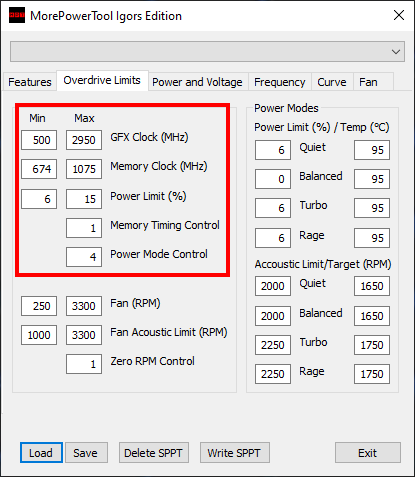
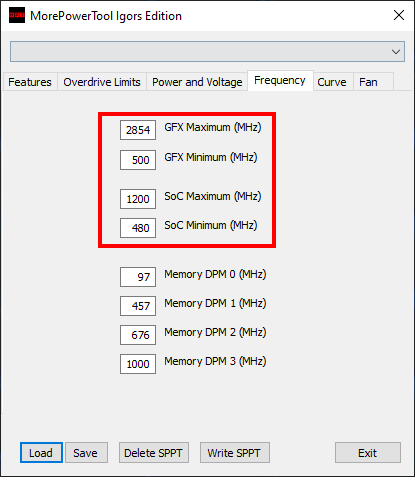
BIOS 1 (left) looks much more modest in terms of power consumption. The 186 watts TGP (for GPU and memory together) should also be above but still closer to the reference and end at a TBP of about 210 to 220 watts, while the card with the BIOS 2 (right) is allowed to grab another whopping 25 watts more and then already scratches at the 250 watt mark at the TBP. Don’t forget: in both cases up to 15% can be added here (Wattman). Let’s do the math now. Based on the shaders, I had assumed about 67% of the performance of a Radeon RX 6800 at corresponding clock rates.
The Radeon RX 6800 has a TGP of 203 watts as a reference card. The 186 watts of BIOS 1 would thus be 92% of the TGP, which also suggests an OC BIOS considering the lower memory (12 instead of 16 GB GDDR6). The BIOS 2 is even significantly above what AMD already gives the RX 6800 reference card! It’s a bit like violent action, but we’ll see what kind of performance comes out of it in the end. By the way, both cards have 1.2 volts as GPU voltage, also more than the RX 6800 and RX 6800 XT so far.
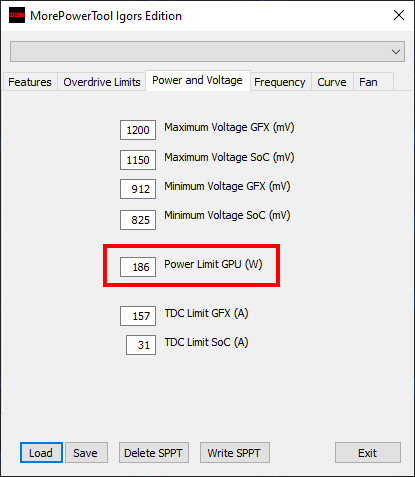
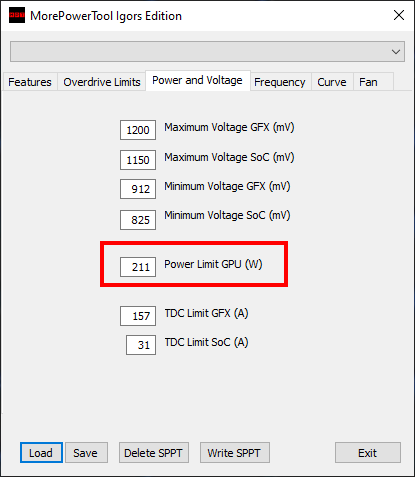
So either these two small cards are overclocked power dwarfs and wild revving organs with immensely high clock rates, thus lying far above the sweet spot and the reference specification, or Navi22 would have to work much more inefficiently than thought, which is rather unlikely. So you can rather assume that the board partners, whose name I could paraphrase with “You have to party at the socket until you’re gigabroad”, have used a little bit of the electric crowbar to be able to compete with the GeForce RTX 3060 Ti or to be able to outdo the RTX 3060, respectively
Performance Forecast
In the following I have predicted the possible performance classification on the basis of the 10 games I used, which is of course purely hypothetical and can deviate later in reality. But the technical parameters are already a quite useful orientation:
We can see the new GeForce RTX 3060 coming in around the same level as a Radeon RX 5700XT when Resizeable BARs can be used. After all, it already offers this cardas a feature from launch. The gap to the Radeon RX 6700XT could be around 7 percentage points, to the OC models it could be 10% or more, depending on the power limit (TGP) and clock. Efficient yes, but then it lacks some bang. The 25% to the RTX 3060 Ti is quite realistic when you look at the condensed chip design and lower TBP.
The card could definitely rob in WQHD or Full HD with RTX if it’s a game that supports DLSS 2.0. That in turn could save this card’s bacon a bit compared to the Radeon 6700XT in some titles. Now we just have to wait for the prices. And of course hope that at some point something will become available at the targeted prices. Availability should be by CNY, but that’s purely hypothetical. just like the benchmark bars.













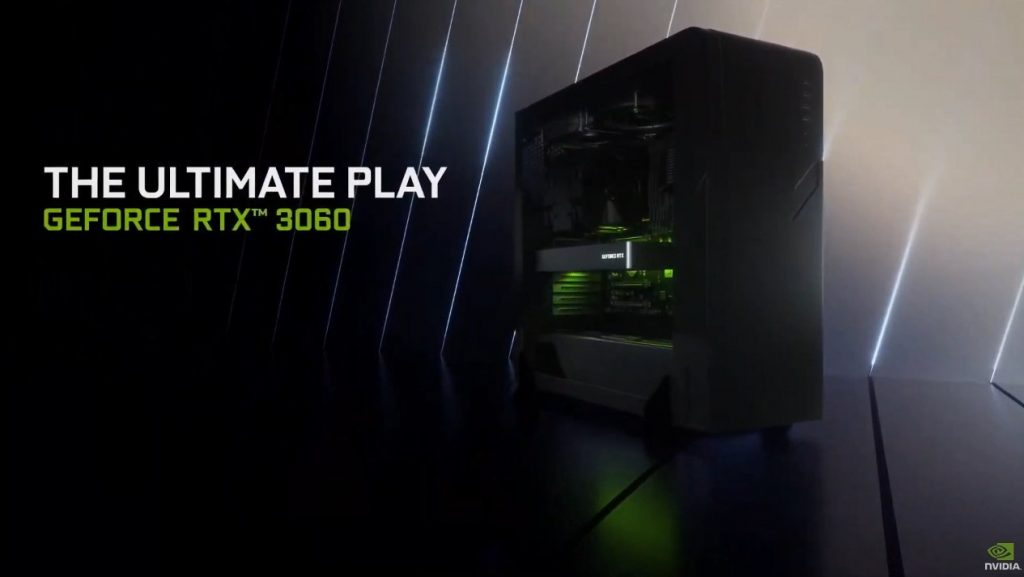
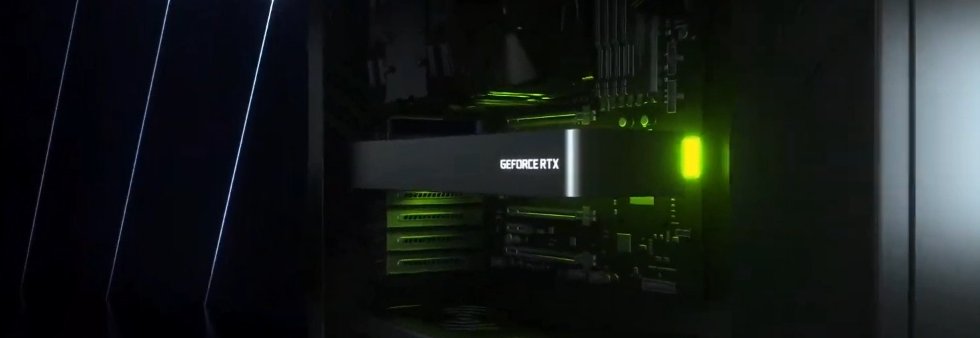
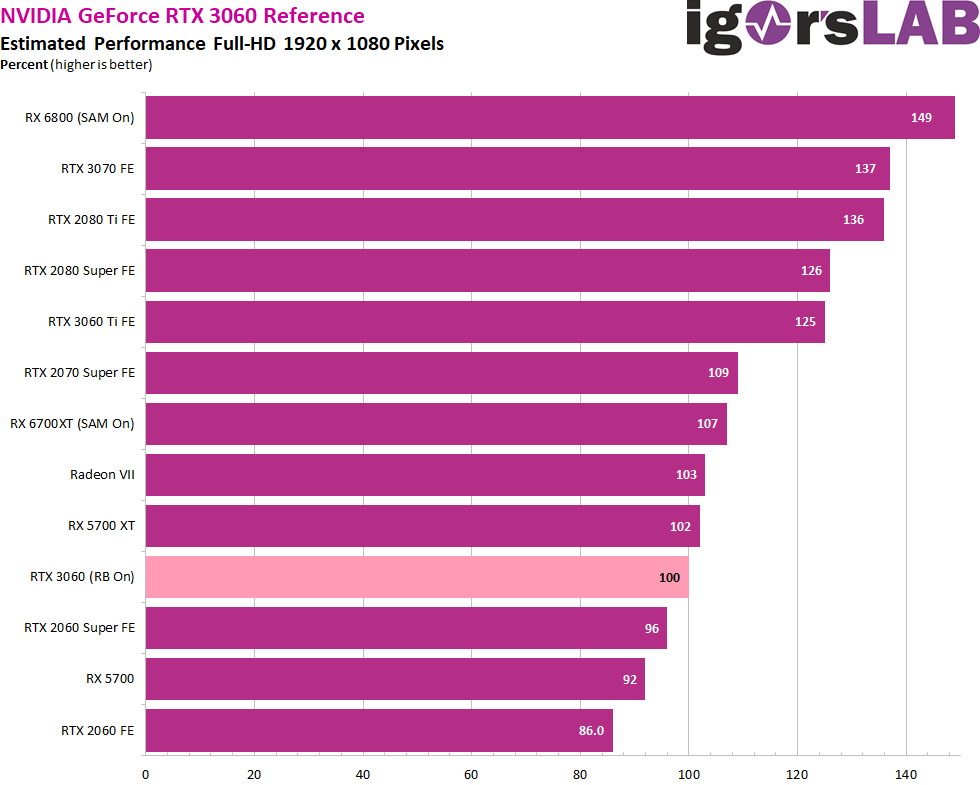


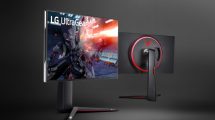

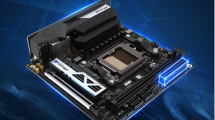











Kommentieren